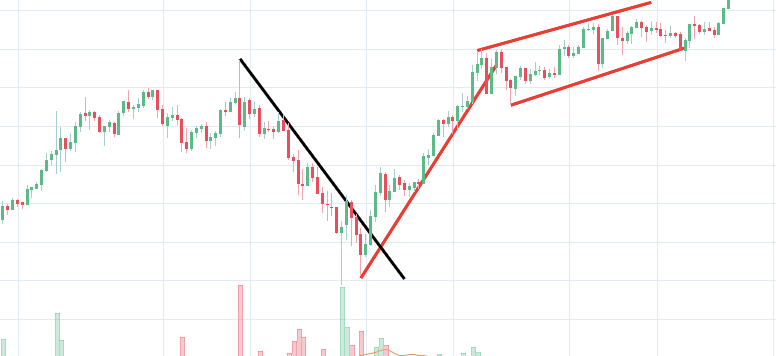Are you an Australian stock trader looking for successful trading strategies to help bolster your portfolio? Have you been trying different methods with mixed success? If so, then this is the article for you. In this article, we will discuss seven-day trading strategies specifically developed to take advantage of the robust and often highly lucrative nature of the Australian stock market.
With these simple and easy-to-follow tactics, even novice traders can enjoy consistent returns. Read on to learn the ins and outs of each strategy so that you’re well-equipped to succeed in trading shares online.
Fundamental analysis
Day trading strategies based on fundamental analysis are especially effective in the Australian stock market due to their smaller size and high liquidity. This approach focuses on identifying groups of stocks likely to outperform over any given period. Fundamental analysis can help identify potential long-term investments by looking at the financials, management decisions, competitive advantages, and market conditions within a specific industry or sector.
Factors such as recent earnings results, new product launches and management changes can give a trader early warning signs when buying or selling a specific stock may be wise. By analysing the underlying incentives driving stock movements, traders can better understand which stocks will offer the most significant advantages over multiple trading sessions.
Technical analysis
Day trading strategies based on technical analysis are also popular in Australia. This approach relies on the study of charts and other data to identify trends and predict stock movements. Technical traders look for trade entry points, exit points, trade signals and trade setups.
Looking at a chart of price action over time, these traders can begin to spot patterns that indicate possible trade opportunities soon. This method is often used for short-term trading moves, as traders seek to capitalise on small price changes over a relatively short period.
Momentum trading
Momentum trading is a strategy developed to take advantage of stocks that exhibit solid trends in either direction. These stocks tend to trade in high volumes, making them attractive targets for day traders. Traders will look for stocks that have been trading in an uptrend or a downtrend for some time and seek to capitalise on the momentum of the trade.
The goal is to enter a trade early and sell high when the trend reverses or ride the trade until the momentum dies. Momentum trading is especially effective in Australia due to its quick-moving markets and extensive selection of stocks.
Swing trading
Swing trading is a strategy used by traders who seek to trade short-term market fluctuations. Traders look for stocks that are trending upwards or downwards over a certain period and then trade within that range to capitalise on the price swings.
Swing trading is often used by traders who want to take advantage of short-term market shifts or those looking for low-risk entries and exits into trades. Swing trading can be especially effective in the Australian stock market due to its volatility and wide selection of stocks.
Scalping
Scalping is a day trading strategy whereby traders seek to capitalise on short-term price movements in stocks. The goal is to enter and exit trades quickly, finding opportunities from small price changes.
This strategy works best in highly liquid markets such as Australia due to the sheer number of trade opportunities available at any time. Scalping is especially popular with traders looking to trade intraday volatility and take advantage of quick opportunities.
Arbitrage trading
Arbitrage trading is a strategy traders use to exploit price discrepancies in the market. For example, a trader may look for stocks that trade on multiple exchanges at different prices and trade them accordingly.
This strategy works best when there are large spreads between bid and ask prices in the market, allowing the trader to buy low and sell high and capture the difference. Arbitrage trading is popular in Australia due to its liquid markets and wide selection of stocks.
Pair trading
Pair trading is a strategy whereby traders trade two stocks in the same sector against each other. It allows traders to hedge their bets and take advantage of price discrepancies between related securities.
For example, if the price of one stock in a sector rises while another falls, the trader can buy the rising stock and short sell (or bet against) the falling stock, thus taking advantage of the price difference. Pair trading is popular in Australia due to its extensive selection of stocks and tradeable instruments.
Conclusion
By utilising these seven-day trading strategies, Australian stock traders can increase their chances of doing well in the long run. With a focus on risk management, discipline and proper research, day trading can effectively trade stocks online. However, it is crucial to understand each strategy’s risks and rewards before committing any capital.

